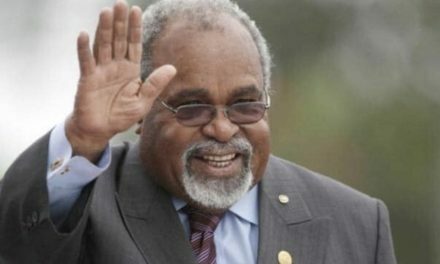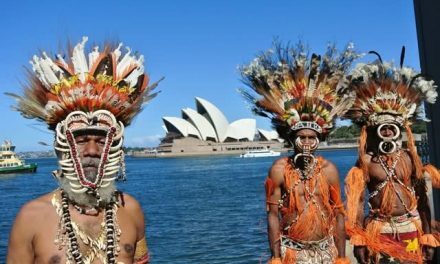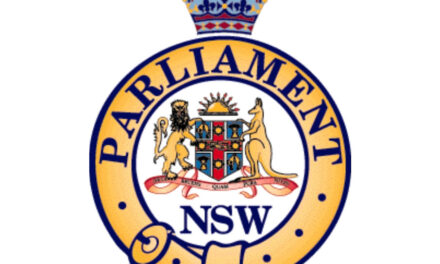Our experience with Kokoda has provided an interesting insight into our relationship with Melanesia in general – and Papua New Guinea in particular.
At the beginning of our journey in 1991 we quickly realised that Papua New Guinea was not on our collective radar. Our general views were conditioned by negative media reports that registered the country as a ‘no-go zone‘ in our national subconscious.
Nobody would argue against the widely held view that Papua New Guinea faces some formidable challenges in the short and medium term. Some commentators argue the country will descend into chaos before the problems are properly addressed. Others believe the natural assets of the country – mineral wealth, agricultural potential, pristine environment and cultural diversity will see it emerge as a destination of choice for eco-trekkers.
We were once brothers in the Pacific. The United Nations decreed that Australia be responsible for nurturing our closest neighbour, which was regarded as a ‘nation of a thousand tribes’, into the 20th Century. We established a Department of External Territories and set up a colonial administration based on Governors and Patrol Officers known as ‘kiaps’. A School of Pacific Administration was established in Mosman to train adventurous young ‘kiaps’ in the language and culture of Melanesia.
One of the responsibilities of our colonial administration was to provide educational opportunities for bright young New Guineans’ who were sent ‘south’ to boarding schools and universities. They would be nurtured to someday run their country as an independent nation.
Over the years our young ‘kiaps’ gained a good understanding of the Melanesian mind while New Guinea students got to understand our ‘Anglo-Saxon’ ways. It was a good system as we got to walk in each other’s shoes. The system came to an end with the granting of independence to the new nation of Papua New Guinea in 1975.
Many ‘kiaps’ remained with their new families and took out PNG citizenship but no more were sent. The School of Pacific Administration was closed down. The flow of PNG students was reduced to a trickle as they established their own schools and university with our support. Australia adopted a ‘hands off’ approach and delegated political responsibility for the new nation to a bureaucratic aid agency.
A gap in our mutual understanding began to emerge. Over the years since independence our focus has shifted wider afield as we have sought to engage Asia, Europe and America. We have neglected our own ‘international area of responsibility’ and adopted a ‘big brother’ stance in the region. London, Paris, Washington and Peking were obviously more attractive destinations than Port Moresby, Honiara and Suva for our Foreign Affairs officials.
Recent instability amongst our Melanesian neighbours and the threat of terrorism has caused us to refocus on the region.
Our ability to understand the deep-seated problems facing these island nations is hampered with our lack of empathy with the local people speaking more than a thousand different languages in remote areas separated by formidable mountain ranges and scattered over hundreds of islands.
But the major obstacle in our relationship is our refusal to allow Melanesian workers access to our seasonal Labor markets. The fact that Australia has an agreement with 36 nations for seasonal work – but does not, and will not establish one with Papua New Guinea typifies our ‘big brother’ approach towards them. It is difficult for the layman to understand why we ignore our closest neighbour, fellow Commonwealth member, former colonial territory and wartime ally by refusing to allow them to come south for seasonal work in our rural areas.
The emerging interest in our wartime history in the Pacific may well be the catalyst to bring about a renewed understanding of our Melanesian neighbours. As Australians from all walks of life are following the footsteps of our diggers across the Kokoda Trail they are establishing relationships with the sons and daughters of the famous ‘fuzzy-wuzzy angels’. They are gaining an appreciation of their living conditions and the challenges they face on a daily basis in a subsistence economy.
But more importantly they want to help in some way and they want to learn more about Papua New Guinea.
Kokoda is therefore much more than a track – it is a small bridge across the political and cultural divide between our two countries. If we can make it work, we can build more bridges at Milne Bay, Lae, Finchafen, Buna, Gona, Sananada, Shaggy Ridge, Nadzab, Wewak, Bougainville, Honiara, etc. etc.




